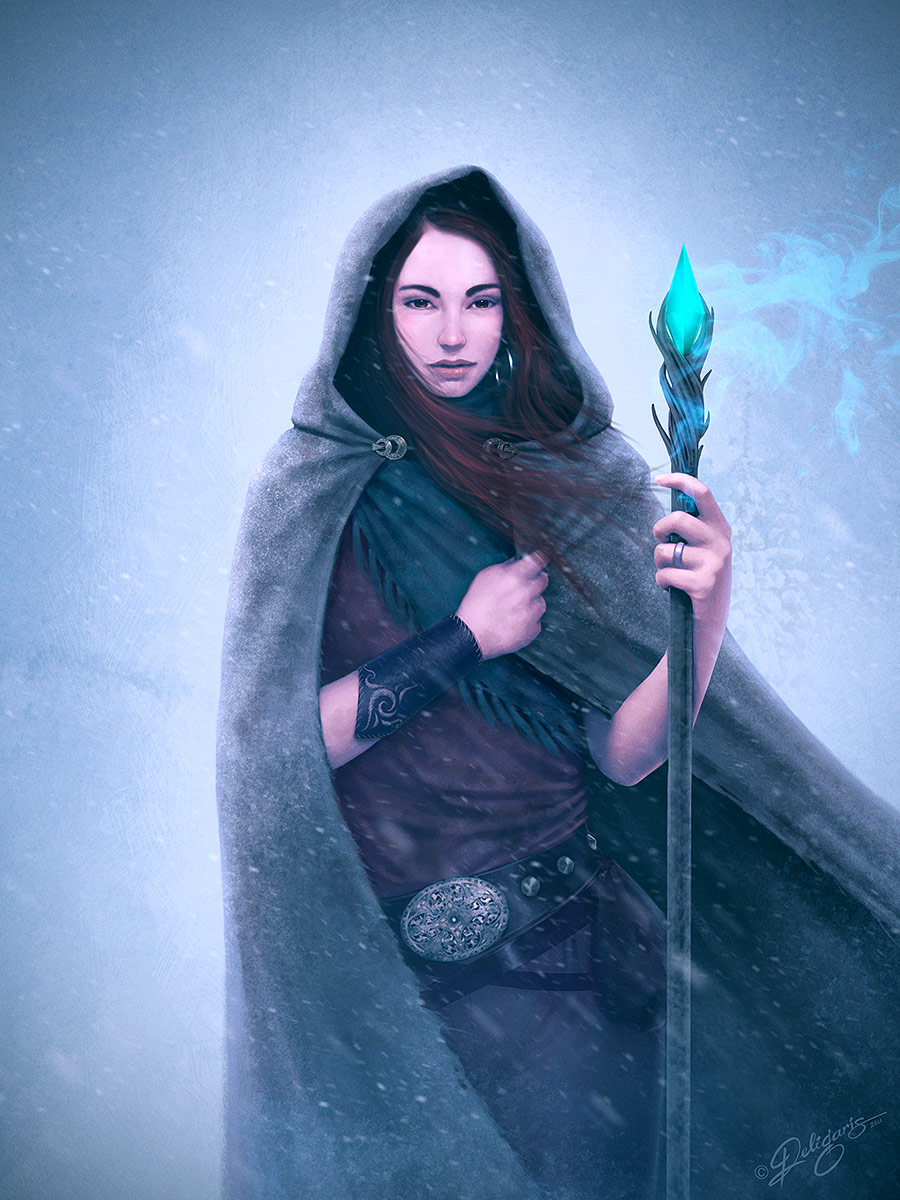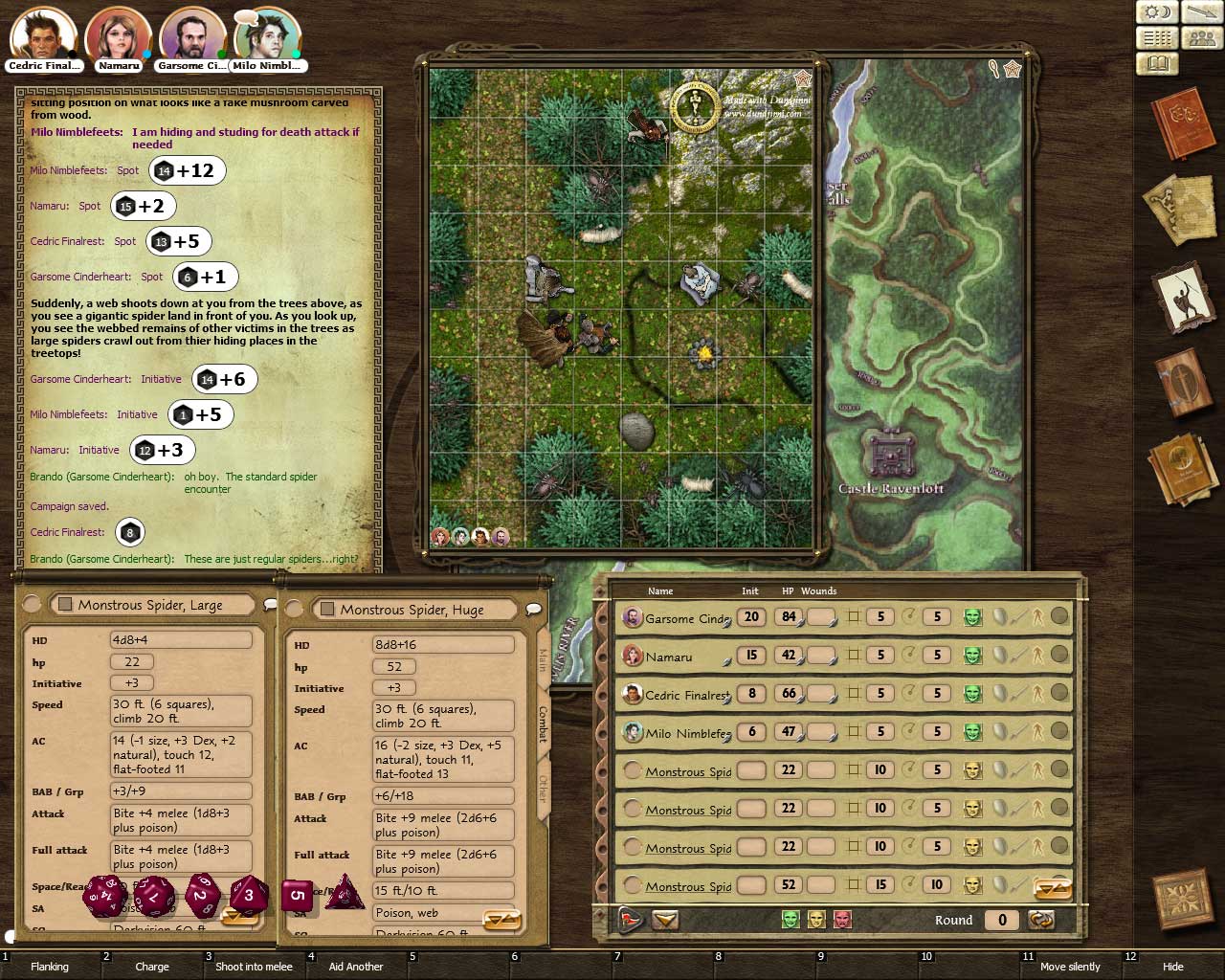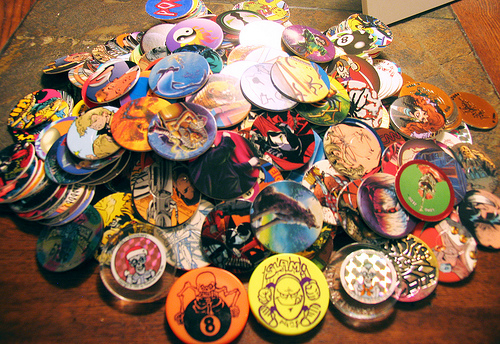Combat Maneuvres
All the combat maneuvres, such as Trip, Disarm and Sunder, have been implemented (except Distract, which I may leave aside completely), as described in the
page about feats. With the right feats, they can be performed as a free action when taking an attack of opportunity. Enemies can do that too, of course. So, for example, you can use Trip as an AOO, just like the original rules of D&D 3.5 allow.
You choose the action to take during AOOs in the character's Spec screen (Specifications). From that screen, you can also access a new screen which I have created for the wizard/sorcerer transformation (see screenshot). It's a simple screen showing whether you meet the requirements or not.



 Additions to the Editor
Additions to the Editor
In the spell editor, I've implemented a previewer allowing to preview the graphical effects of the spell you are editing. Basically the previewer launches an empty module and executes a script that casts the spell currently being edited, and then it returns to the spell editor. See the first picture below, that's the previewer.
In the module editor and the game, I have implemented shortcut keys to toggle between the editor and the game easily. If you use the key during the game, it makes a quick save and then opens the editor at the position that you were at in the game. If you use the key in the editor, it loads the quick save and launches the game from the saved position.


 Implementation of Spells
Implementation of Spells
Aside from these things, I have mostly been working on the implementation of spells. I have also re-introduced spell icons using a style similar to that of KotC 1 spell icons. In the game settings, you can now choose how to display spells in the spell book: with text or icons.
I've been focusing on some of the most complicated spells, including Dispel Magic and Grease. The spells that I have implemented are Burning Hands, Chromatic Orb, Grease, Sleep, Hypnotic Pattern, Web, Dispel Magic, Electric Sphere, Fireball, Haste, Lightning Bolt, Slow, Energy Wall and Prismatic Wall.
Prismatic Wall is complicated due to the variety of effects, while Energy Wall is complicated because it allows to select the type of energy of the wall. Chromatic Orb has a variety of effects and, with the feat Orb Master, the player character can select the effect. See the
Wizard's page for details about spells.
Grease is very complicated in its effects because, potentially, several creatures may be falling down and sliding over several squares. Anyway, it's implemented and I think it will be a really fun spell to use, especially with 'Widen' metamagic. The first screenshot below shows some spell icons of level-3 spells. The second screenshot shows an Energy Wall dealing cold energy damage.





 Falling Down
Falling Down
Characters can fall down, meaning that they slide automatically from their position to squares of lower altitude, taking damage in the process (and suffering from the special effects of the squares they land on, if any). It can happen in the following situations:
- Creature fails on a reflex saving throw while balancing on Grease squares
- Creature is hit for any amount of damage while balancing on Grease squares
- Creature receives the Sleeping or Prone condition while balancing on Grease squares
- Creature is tripped while balancing on Grease squares
- Creature is bull-rushed onto a square of lower altitude, even if not balancing
- Creature is slid (a special bull-rush) onto a square of lower altitude, even if not balancing
A creature continues to fall as long as there are adjacent squares of lower altitude. The damage taken at each step depends on the height. A creature falling from the top of a stairway (for example after getting bull-rushed or failing on a reflex saving throw while balancing) would end up at the bottom.
Here's a bit of implementation detail about how it's done: first the game assigns a 'falling' condition to all affected creatures. Then for each falling creature, the game looks whether there's an adjacent square of lower altitude. If yes, the game executes a script that pushes the creature onto that square, then checks whether there are any special square effects to apply to the creature, such as the damage from a Wall of Fire. This process is then repeated until no more squares of lower altitude can be found.





 Grease, Web, Dispel, Dismiss
Grease, Web, Dispel, Dismiss
Grease and Web are also complicated because their effects can be destroyed using any Fire spell. In KotC 1, I simply destroyed the web squares that were directly in the area of effect of the fire spell. In KotC 2, I wanted the fire effect to destroy the whole web or grease area.
So in order to do this, at the end of the execution of any fire spell, the game makes a list of all the web and grease areas that will be affected. Then for each affected web or grease area, the game executes a script that casts a spell called 'Fire effect on Web' or 'Fire effect on Grease'. That spell removes the web or grease area and deals fire damage to creatures in the area. This sequence can be seen in the three screenshots below.



Dispel Magic is a really complicated spell because it can be cast in three different ways: on a single effect, on a single creature, or on an area. When using the first version, you first click on a creature, and then from the list in the top-left corner of the screen, you click on a particular magic effect currently running on that creature. For each possible effect in the list, the probability of success of Dispel is given. It depends on the caster level of each effect, meaning the level of the caster who created the effect.
When using the second version of Dispel, you just click on a creature and the game will try to dispel each effect currently running on the creature. When using the third version, you target the spell just like you would target a Fireball spell. The probability of success is provided, for example, the game will say 'Web: 30%' if the probability to succeed on the dispel check to remove a web is only 30%. When you launch the spell, the game tries to dispel terrain effects as well as one magic effect from each creature in the area of effect.
Another option to remove terrain effects is to use the combat action 'Dismiss Terrain Effects', which I have implemented. When selected, as a free action, it automatically removes all terrain effects that were created by the acting player character. It does not affect terrain effects created by the enemy, of course.





 Final Words
Final Words
What's next in the development of KotC 2? Spells, spells, spells and more spells. Oh, and a lot of bug fixing. And then the spell-casting AI. Scripted AI. Bug fixing! New background maps to be created by Roman. Class powers, monster powers, magic items, weapon enchantments, help information entries... Lots of Bug Fixing! ...and then, just maybe, who knows, finally some adventure creation!!
I made my first purchase on Steam the other day! I got the 'World of Decadence' package, which includes
Age of Decadence and Dungeon Rats. I've had no time to play them so far, though. Also had a look at Pillars of Eternity, but the amount of disk space needed for that game just seems crazy to me, 25 GB. In French we may call this 'une usine à gaz' (a needlessly complicated system).
Thank you for reading, best wishes!!







































![Glory to Codexia! [2012] Codex 2012](/forums/smiles/campaign_tags/campaign_slushfund2012.png)





























